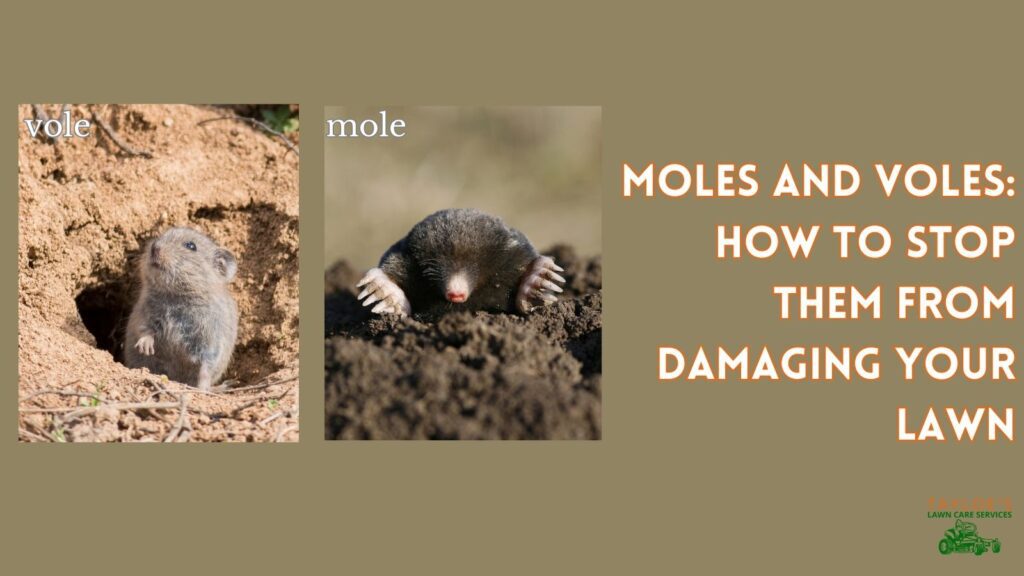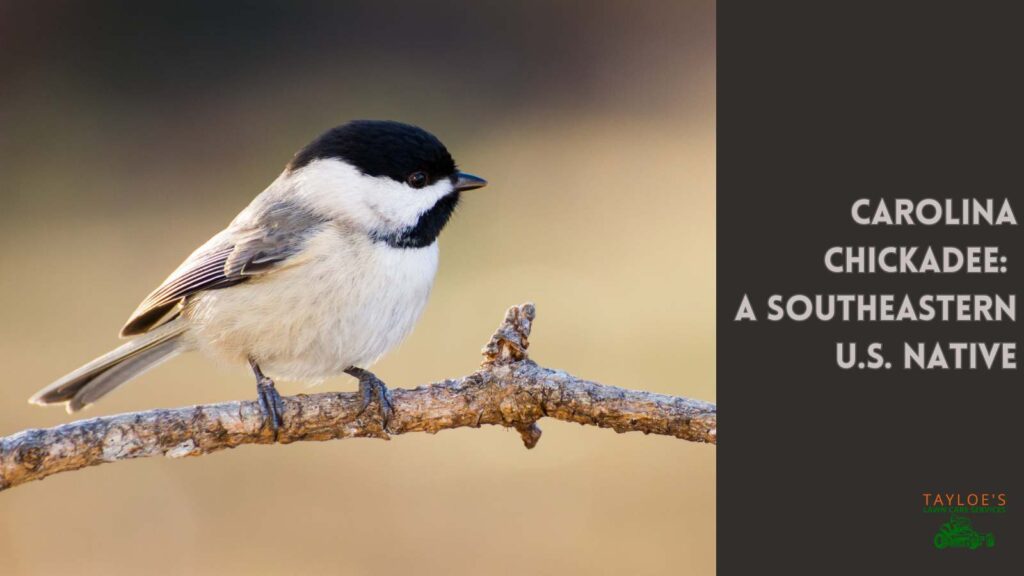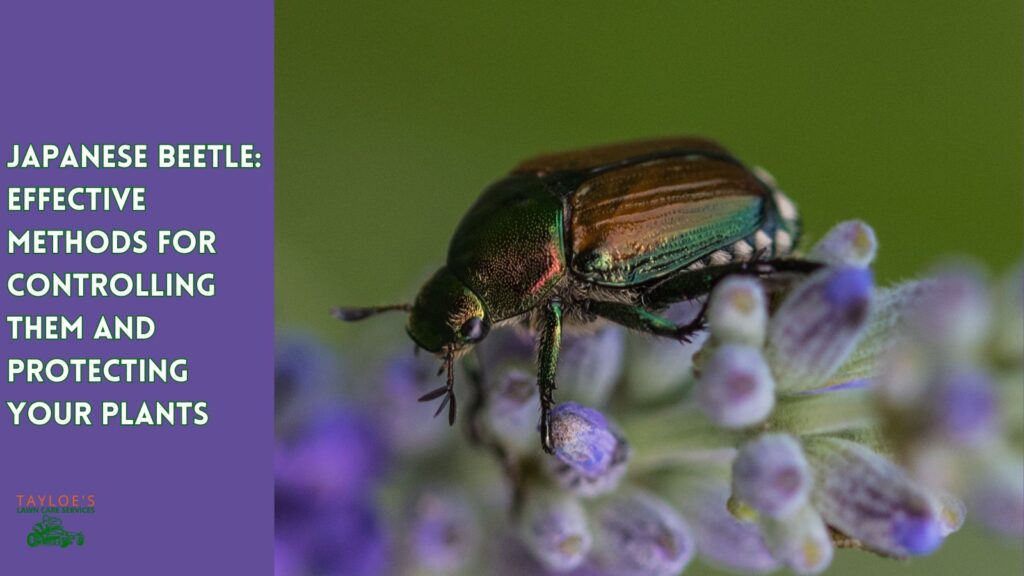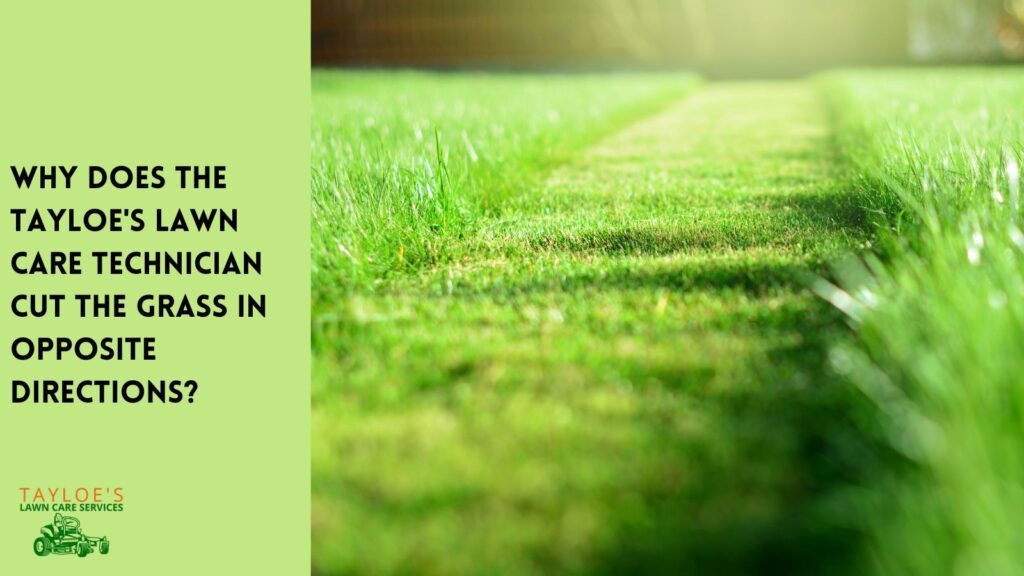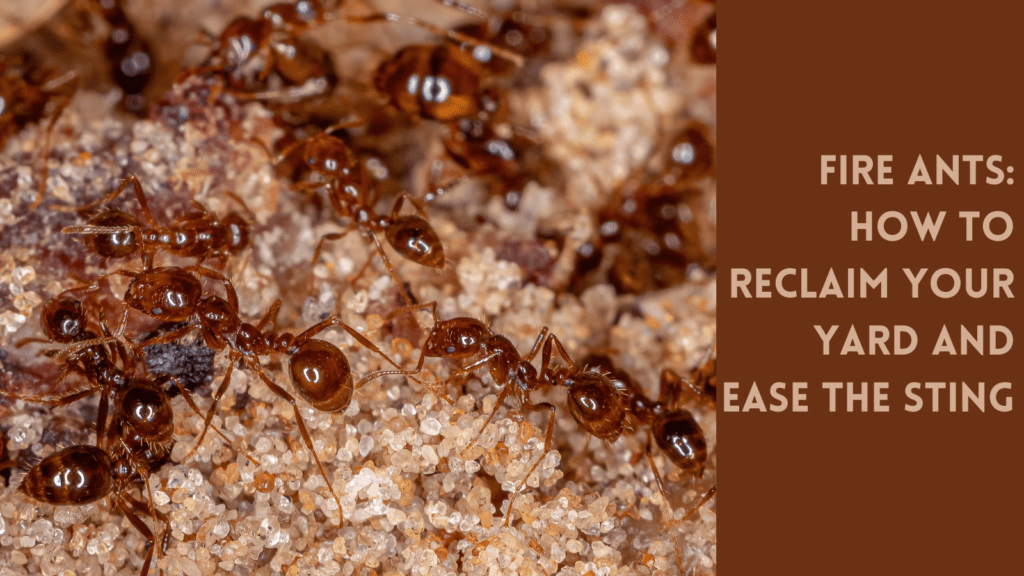Last Updated on: 6th January 2024, 05:24 am
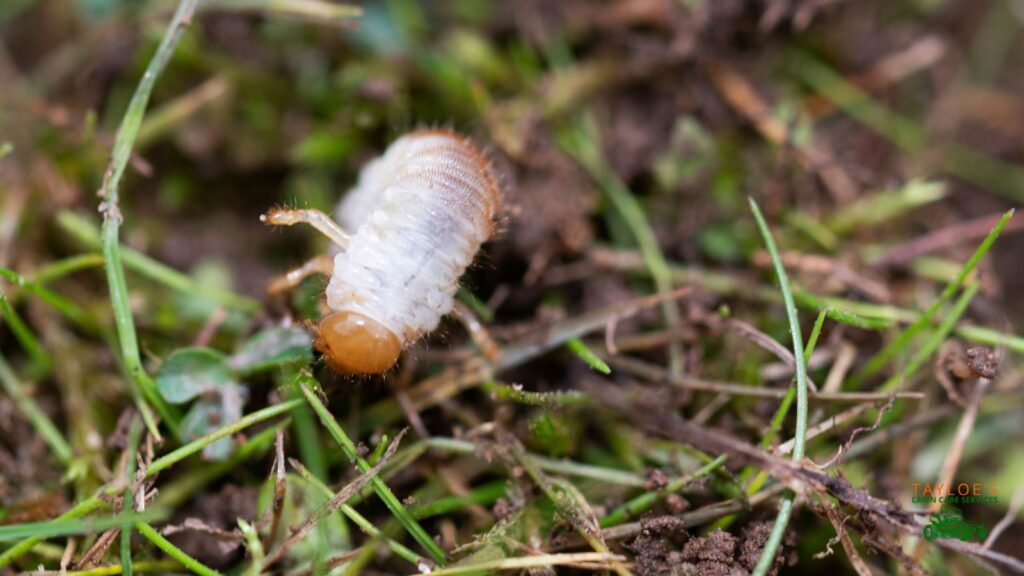
Here’s what you need to know about a lawn grub infestation
Are lawn grubs turning your lush green paradise into a patchy, brown nightmare?
You’re not alone.
These sneaky little critters can wreak havoc on your lawn, leaving you helpless. But fear not! This guide is your beacon of hope in the battle against lawn grubs.
Whether you’re spotting the first signs of damage or in the thick of an infestation, we’ve got your back.
From identifying these uninvited guests to arming you with effective, easy-to-implement strategies, we’ll navigate this journey together.
So, what are the secret weapons in this turf war? How can you reclaim your green oasis?
Let’s dive in and unravel the mystery of lawn grubs, one actionable tip at a time. First things first.
Unmasking the Culprit: How to Identify Lawn Grubs
Ever walked through a lawn and felt it squish under your feet like a wet sponge? This unsettling sensation is often a telltale sign of a lurking problem beneath the surface: lawn grubs.
These C-shaped larvae, known colloquially as white grubs, are the immature form of various beetles, including Japanese, June, and European chafers.
Typically measuring about ½ to 1 inch long, they have a soft, white body contrasted by a brownish head, embodying a seemingly innocent appearance that belies their destructive nature.
Lawn grubs live beneath the top layer of your grass, voraciously feeding on the roots and turning your lush green paradise into a patchy, withered eyesore.
Their life cycle is integral to understanding their impact. Adult beetles lay their eggs in the soil during the mid to late summer. As these eggs hatch, the emerging grubs begin their feast, with their activity peaking in late summer and early fall.
As they mature, they transform into beetles and restart the cycle, perpetuating a legacy of destruction.
Despite their small size, these grubs have an appetite for anything but minuscule destruction, making them unseen culprits in the deterioration of healthy lawns.
But how do you know if these little destroyers have invaded your lawn?
Let’s look into the telltale signs of a grub infestation.
The Red Flags: Signs of Grubs in Lawn
1. Brown Patches
An obvious symptom of a grub infestation is irregular brown patches on your lawn. These areas appear because grubs feed on grass roots, causing the grass to die from a lack of nutrients and water.
2. Spongy Turf
When you step on your lawn, does it feel unusually spongy? This is often because the root system has been severely damaged, leaving the turf loose and soft.
3. Increased Bird Activity
A sudden increase in birds pecking at your lawn could signal they’re feeding on the grubs beneath.
While birds are natural predators of grubworms, their presence in large numbers can indicate a significant problem.
4. Other Indicators
Additional signs include thinning of grass, increased weed growth, and even patches that lift away easily, similar to a carpet.
Fortifying Your Lawn: Mastering Preventive Strategies
It’s a no-brainer: dodging the problem is way smoother than fixing it.
Don’t wait for the invasion! Here are some ways to keep your lawn grub-free:
1. Key Lawn Care Practices
A healthy lawn is your first defense. Regular and proper mowing, aerating, and dethatching make your lawn less inviting to grubs.
2. Regular Monitoring
Inspect your lawn regularly for signs of grubs, especially during late summer and early fall when grub activity is at its peak.
3. Appropriate Watering and Fertilizing
Overwatering can attract female beetles to lay eggs. Therefore, water your lawn adequately but not excessively.
Also, use a balanced fertilizer to strengthen your lawn’s resistance.
4. Reseed As Needed
Repair the dead lawn patches by reseeding. This improves the aesthetic appeal and promotes a denser turf, providing less opportunity for grubs to thrive.
Just be sure to choose a grass seed suitable for your climate and soil type, and time your reseeding for early fall or spring to ensure optimal growth and establishment.
“But I already have these little rascals in my yard!” You say. “Is there a natural combat route?”
Of course, there are plenty of eco-friendly options to deal with these white grubs.
Harnessing Nature: A Safer Approach to Grub Control
It turns out that sometimes Mother Nature holds the keys to the best solutions.
1. Promoting Natural Predators
Encourage birds (like robins, blue jays, and chickadees), beneficial insects, such as ground beetles, and natural enemies of lawn grubs.
You can create a bird-friendly environment with feeders, baths, or plant flowers attracting insects.
2. Utilizing Nematodes
Nematodes are beneficial microscopic worms that prey on grubs.
Effective Application:
- Preparation: Mix the nematodes with water as per the instructions on the package.
- When to Apply: The best time is late afternoon or early evening, as direct sunlight can harm nematodes.
- Process: Use a sprayer to apply the nematode mixture to your lawn, focusing on areas where grubs are known to be present.
- Post-Application: Water your lawn immediately after application to help the nematodes settle into the soil.
3. Using Neem Oil
Neem oil is great at disrupting the life cycle of grubs.
How to Use Neem Oil Effectively:
- Mixing: Combine neem oil with water according to the product’s instructions.
- Spraying: Use a spray bottle or garden sprayer to evenly apply the mixture over the affected areas of your lawn.
- Timing: Early morning or late evening is the best time to apply, avoiding the day’s heat.
- Reapplication: Depending on the severity of the infestation, reapply every 7 to 14 days until the grubs are under control.
4. Milky spore
Milky spore is another great natural remedy, but only effective on Japanese beetle grubs.
Recognizing the Limits: When to Seek Professional Help
It’s not all well until it’s well, remember!
The Boundaries of DIY Methods for Lawn Grubs
While most infestations can be managed with the methods described above, DIY solutions might fall short in some instances.
Severe infestations or recurring problems may require a more comprehensive approach.
Signs You Need Professional Intervention
If you notice widespread damage, significant turf lift, or recurring grub issues, it might be time to call the professionals – Tayloe’s Lawn Care Services in Aulander,
Severe cases often require specialized knowledge and tools beyond typical home treatments.
The Edge of Expert Involvement
Professional lawn care services offer expertise in identifying, treating, and preventing grub infestations.
Their experience and access to more advanced treatment options can be crucial in restoring and maintaining the health of your lawn.
Demystifying Lawn Grubs: Your Questions Answered
Are grub worms poisonous?
Grub worms aren’t poisonous. They’re actually the larvae of beetles, like June bugs or Japanese beetles.
While they’re not harmful to humans or pets, they can nil your garden or lawn.
What causes grubs in lawn?
Grubs in your lawn are usually the offspring of beetles. These beetles lay eggs in the soil during the summer; when these eggs hatch, you end up with grubs.
They thrive in moist, healthy soil and love munching on your grass roots.
What do white grubs eat?
White grubs mainly feast on grass roots, causing lawn damage by hindering the grass’ ability to absorb water and nutrients.
This appetite often leads to brown, unhealthy patches in your yard.
What is the best homemade grub killer?
A popular and eco-friendly option is to make a neem oil solution.
Mix water with a few drops of neem oil and mild soap, and spray it over your lawn. It’s natural and effective.
Neem oil interferes with the grub’s life cycle and prevents it from growing into a beetle.
How do you fix grub-damaged grass?
Once you’ve dealt with the grubs, you can revive your lawn.
Start by removing dead grass, then aerate the soil to improve air circulation.
Follow up by overseeding with suitable grass seed and ensure regular watering. With some patience, your lawn will bounce back!
What is the best time to treat lawn grubs?
Timing is key! The best time to treat grubs is late summer to early fall. This is when they’re young and close to the surface, making treatments more effective.
Treating during spring can also work, but it’s less effective since grubs are larger and more resilient.
What are the most common lawn grubs?
The usual suspects are Japanese beetle grubs, June bug larvae, and European chafers.
These grubs are white or cream-colored and C-shaped.
Identifying the specific type can help in choosing the most effective treatment method.
Will my lawn recover from grub damage?
Absolutely, your lawn can recover from grub damage.
Once you’ve controlled the grub population, focus on lawn repair. This includes reseeding or laying new sod, proper watering, and maybe a bit of fertilizer.
With care and time, your lawn should return to its green glory.
The Takeaway: Victory Over Lawn Grubs!
You’ve armed yourself with knowledge; it’s time to reclaim your green paradise.
First, step outside and scan your lawn. Feel its texture and observe its color. This is where your battle begins.
I’m cheering for you – picture your yard, lush and vibrant, a testament to your efforts.
Remember, a healthy lawn isn’t just a dream; it’s your right, and now it’s within reach.
So, take that first step: inspect your lawn and choose your strategy. Whether it’s natural predators, nematodes, or professional help, the power to transform your lawn is in your hands.
Go on, step into your yard, and begin the journey to a beautiful, grub-free lawn!
As always, Tayloe’s Lawn Care Services is here for you. We are North Carolina state-certified ground applicators, having extensive training hours and first-hand experience with grub control. Need us? Just text or call us at 252.287.3376. Don’t forget to follow us on Facebook.
Author Profile

- Maureen Abuor
- Maureen Abuor is a professional content marketing strategist and SEO strategist, with particular knowlege of creating landscaping and gardening content that informs and delights her audience. When she's not working, she's a busy mother of three precious little ones and child of God.
Latest entries
 Lawn CareApril 29, 2025Best shady area grass seed for Eastern NC
Lawn CareApril 29, 2025Best shady area grass seed for Eastern NC GardeningApril 15, 2025How do I make organic soil for the garden?
GardeningApril 15, 2025How do I make organic soil for the garden? Flower GardenMarch 7, 2025What are wave petunias?
Flower GardenMarch 7, 2025What are wave petunias? Flower GardenMarch 3, 202520 Full-sun annuals for your spring and summer garden
Flower GardenMarch 3, 202520 Full-sun annuals for your spring and summer garden

